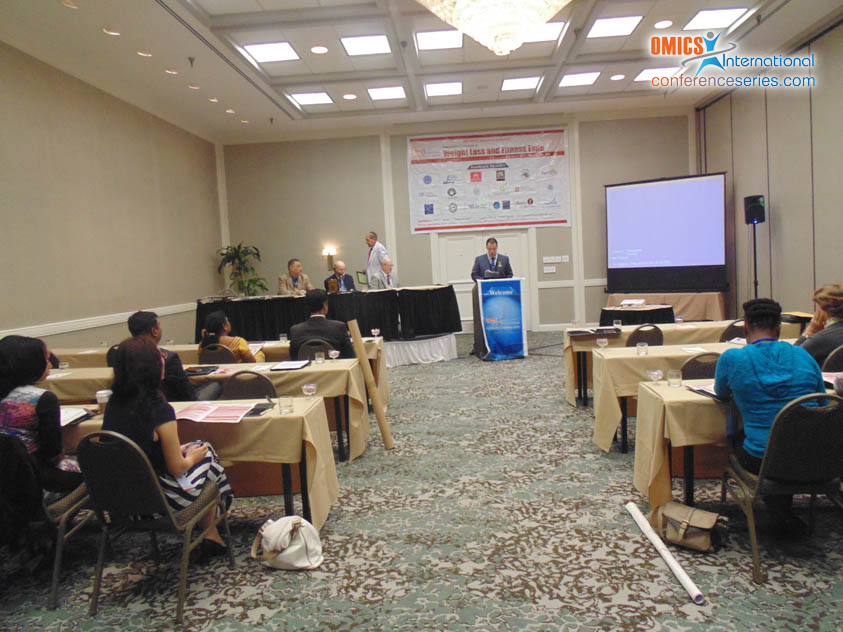
Hemamalini Kola
KL University, India
Title: Impact of weightloss and fitness on health of an individual
Biography
Biography: Hemamalini Kola
Abstract
Weight loss and fi tness are two major concerns for the world irrespective of continent, class and age. Weight-loss in the context of medicine, health or physical fi tness refers to a reduction of the total body mass due to a mean loss of fl uid, body fat or adipose tissue and or lean mass. Weight-loss can either occur unintentionally due to an underlying disease or arise from a conscious eff ort to improve an actual or perceived overweight or obese state. Overweight and obesity are the leading risks for global deaths. Around 3.4 million adults die each year as a result of being overweight or obese. In addition, 44% of the diabetes burden, 23% of the ischemic heart disease burden and between 7% and 41% of certain cancer burdens are attributable to overweight and obesity. More than 1.4 billion adults, 20 and older were overweight. Of these overweight adults, over 200 million men and nearly 300 million women were obese. Overall, more than 10% of the world’s adult population was obese. In 2012, more than 40 million children under the age of 5 were overweight or obese. Once considered a high-income country problem, overweight and obesity are now on the rise in low and middle income countries particularly in urban settings. In developing countries with emerging economies (classifi ed by the World Bank as lower and middle income countries) the rate of increase of childhood overweight and obesity has been more than 30% higher than that of developed countries. Overweight and obesity are linked to more deaths worldwide than underweight. For example, 65% of the world’s population live in countries where overweight and obesity kill more people than underweight (this includes all high income and most middle income countries). Obesity aff ects our families, schools and businesses, and it threatens our economy. Obesity is a health concern, a social dilemma, a personal challenge, an economic burden and a policy issue. Th e obesity crisis harms some segments of society more than others but this problem crosses all lines of ethnicity, race, socioeconomic class, gender, age and ability. Th e primary concern related to overweight and obesity is the health risks they pose. Th e high rates of overweight and obesity in our state and nation cause decreases in life expectancy, productivity and quality of life. Weight-loss and fi tness play a major role to address the core problem of overweight and obesity






